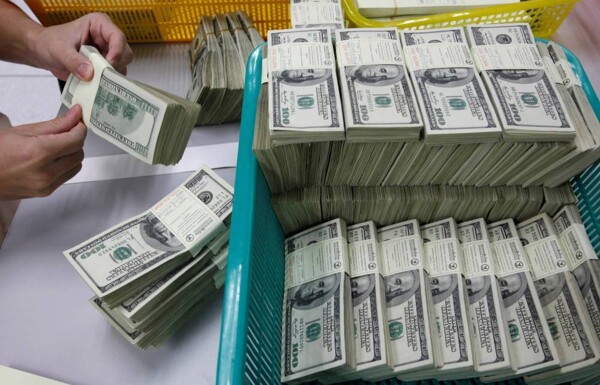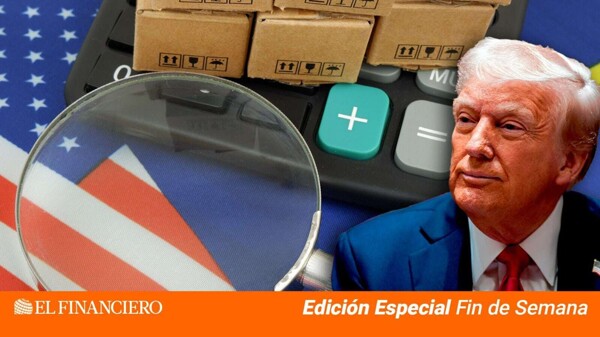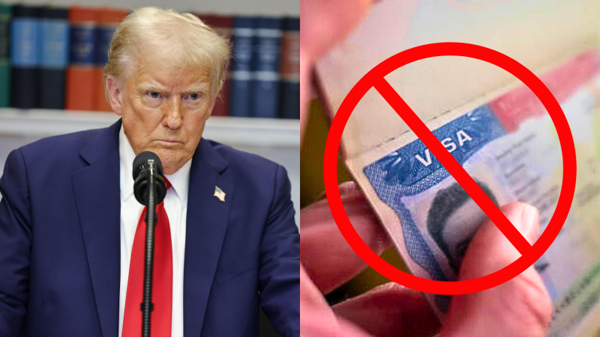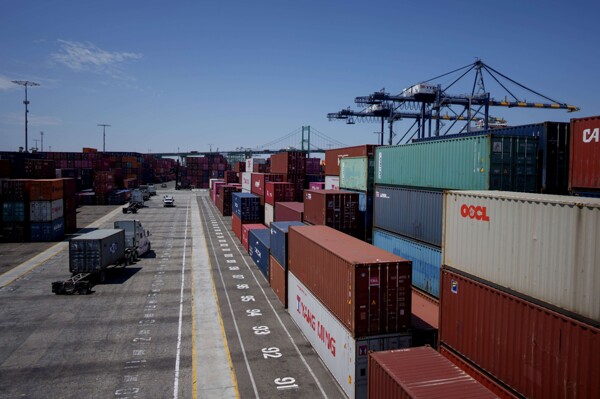
A country has a trade deficit in its balance of goods and services if it imports more than it exports. This means that the Central Bank must provide the necessary foreign currencies to cover this deficit. If the Central Bank has enough reserves to offset the deficit, the country will not have problems operating with a trade deficit.
Importing more goods and services than are exported can benefit the country by increasing the availability of capital, intermediate, and final consumption goods. Imports help complement the national supply and avoid price increases due to product shortages.
International trade is beneficial when goods are acquired that are not produced in sufficient quantities nationally or goods that are not produced locally. Importing technology, machinery, and equipment is crucial for national production.
It is essential to consider that importing goods solely because they are cheaper can affect local producers and jeopardize the viability of national production. This can lead to the imposition of tariffs, as in the case when President Trump imposed tariffs on steel to protect the U.S. steel industry.
Trade agreements must be designed to maximize the benefits of international trade, considering the competitive advantages and resources of each country. In the case of the United States, its strong currency, widely used around the world, has been an important factor in its international trade.
Throughout history, the United States has maintained a trade deficit to increase the supply of dollars, originally backed by gold. However, the loss of gold backing in the 1970s changed this scenario, turning payments in dollars into paper and ink without gold backing.
In conclusion, a trade deficit does not pose a risk if the Central Bank has enough international reserves to cover it. Importing necessary goods and services for the country is beneficial, especially if the currency used is widely accepted internationally.














